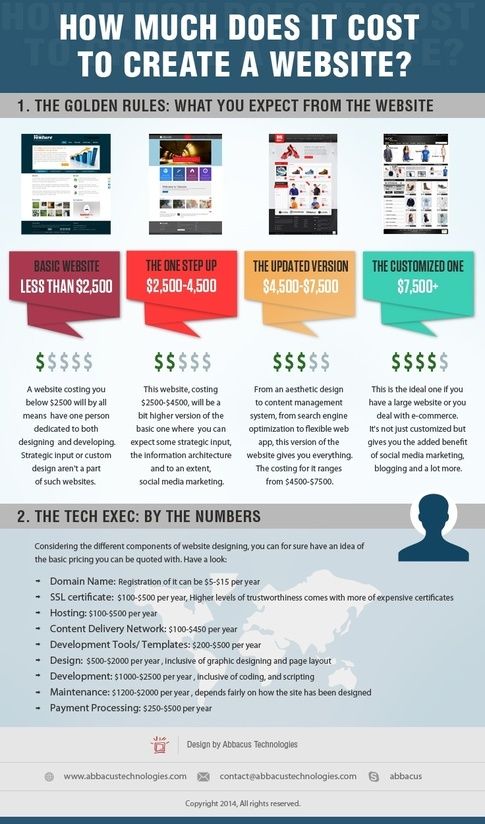One of the most asked questions at Les Schwab is about the price of new tires. People want to know what a set of four tires will cost them. The price of a new set of tires depends on the type of vehicle you drive, how much comfort you want, ride quality, noise level, tread durability, and traction features, which can include seasonal tires and tires for specific terrain. Here’s how to understand the cost of your next set of new tires and why the Les Schwab Best Tire Value Promise saves you money with free peace of mind tire protection and a warranty that won’t cost you extra.
Price is a big factor for any purchase. While some online retailers might have the tires you want at a price you like, you run the risk of getting the wrong type of tires for your vehicle and driving needs. Plus, you'll need to find someone to mount them to your wheels, balance them, install them on your vehicle, and dispose of your old tires.
This takes more of your time and adds to the overall cost of getting new tires. Then there are tire manufacturer warranties or other premium services to consider.
When you purchase passenger or light truck tires at Les Schwab, we mount them for free, rotate those tires for free, re-balance them for free, offer free flat repair and air-pressure checks, as well as give you a free best-in-the-industry warranty that even includes road hazard protection at no extra charge. More on that warranty in a bit.
On new tires, the price can range greatly. Tire size, which is directly tied to the vehicle you drive, affects the price. You’ll typically need a larger tire for a pickup than you would for a car. Tires are also priced based on the amount of rubber used to manufacture them as well as the manufacturing technology and features. For example, an electric vehicle (EV) will require performance tires with a higher speed rating and load capacity, which can cost more than a set of standard all-season tires.
As with any purchase with varying levels of price and performance, there are trade-offs to consider. These can include comfort, control and traction, tire life, durability, fuel economy and the cost of a set of tires. You might even consider replacing just two instead of all four tires to save money. However, doing so can impact vehicle safety, performance, and longevity. See our article on replacing all four tires on an AWD vehicle.
If you’re looking for maximum fuel efficiency, we can help with our article on how to choose car tires.
Looking for snow tires? Depending on what you drive, maneuverability in the snow can add to the price of tires. That’s because today’s snow tires are highly engineered and packed with technological breakthroughs designed to keep you and your family safe on the road, whether that’s bare pavement on a well-maintained interstate or a snow-covered, winding motorway through the mountains.
Check out our guide to buying tires for help pinpointing the type and size of tire you need.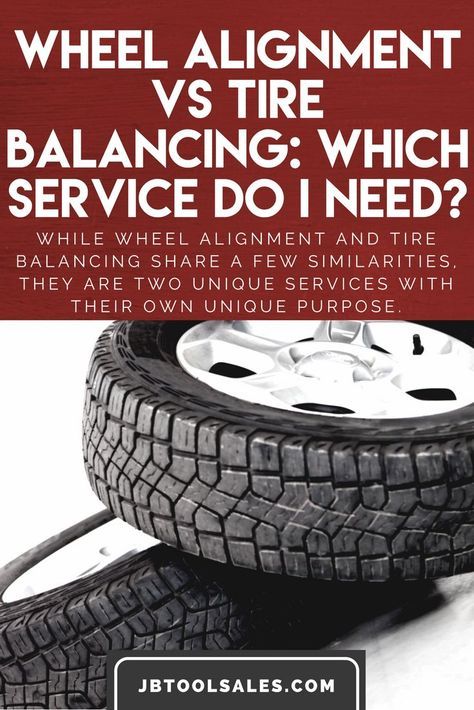 These can include all-season tires, all-weather tires, winter/snow tires, mud terrain, as well as all-terrain tires, performance tires, highway tires, traction tires, and specialty tires.
These can include all-season tires, all-weather tires, winter/snow tires, mud terrain, as well as all-terrain tires, performance tires, highway tires, traction tires, and specialty tires.
Another factor to consider when evaluating the price of a new set of tires is the warranty and other after-purchase services. The tread life on a set of tires can range up to 80,000 miles and beyond. Some places might charge extra for the warranty, but at Les Schwab, that’s part of our Best Tire Value Promise.
Our freebies include a world-class warranty, free lifetime tire and mileage care, and free peace of mind tire protection, including flat repair, rotations, rebalancing, replacement, safety checks, brake inspections, and visual alignment checks at any Les Schwab location. From Colorado and Wyoming to the West Coast, you’re never far from one of our stores – or the road services we deliver. We even offer free tire disposal when you replace your old tires at Les Schwab.
Many of today’s new vehicles come with run-flat tires. Most of the time, these cars don’t have a spare, making run-flat tires the important difference between being stranded on the side of the road or being able to get to a repair shop. However, they can be more expensive than standard tires.
When you’re ready to shop new tires, our pros are here to help. Stop by your local Les Schwab and we’ll take a look at your current tires, make recommendations for your next set, and show you all the options that best fit your driving needs.
Learn More About Tires
At some point, every car requires new tires. Since you want to budget accordingly, it’s important to know how much does it cost to replace your tires.
In this guide, we cover the varying factors that influence the new tire price. We also give you a few tips that may help you save some money.
A new set of four tires will usually cost you between $400 and $1500, depending on the type of tire, vehicle, quality and where you get them installed. If you choose cheap tires, you may be able to spend $50 each, but on some vehicle types, you can easily spend $1500 or more on a new set of tires.
Now that we have the quick answer to the general cost of new tires, let’s take a closer look at the factors that affect the cost.
Factors Affecting Cost to Replace Your Tires1. Tire SizeThe biggest factor affecting your expense will be the size of the tire you need. You can find tires in all sizes, meant for a multitude of purposes. If you have a compact car, you will have the cheapest tires available, maybe even $50 each.
Of course, high-performance cars, large pickup trucks, specialty off-road vehicles, and SUVs will naturally cost more.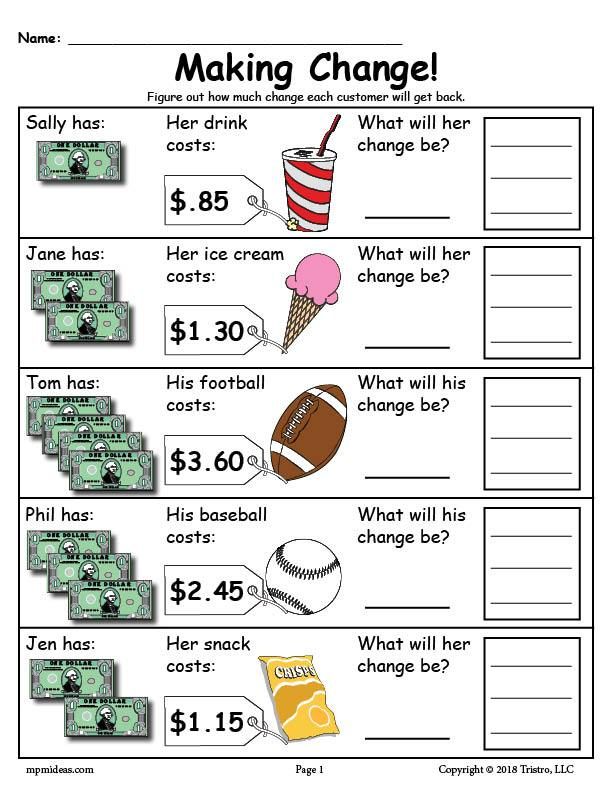 A good rule of thumb is that the larger the tire is, the more you can expect to pay for it.
A good rule of thumb is that the larger the tire is, the more you can expect to pay for it.
There are just as many tire brands as there are sizes. Many tire shops specialize in one budget brand and carry a multitude of name brands.
You will spend far less to go with the no-name brand, but you need to think about the quality. After all, if you save money today by choosing this brand, does it really pay off if you have to replace the tires again prematurely? You may also get a much longer mileage warranty with quality tires, than with inexpensive tires.
If you choose a premium tire brand such as Michelin, Continental, Goodyear, Bridgestone, you will of course pay much more, but you know that you will get quality tires that last a long time and keep your vehicle on the road.
RELATED: 6 Worst Tire Brands to Avoid Buying
3. Installation CostMost tire shops do not make a lot of money on the tire installation.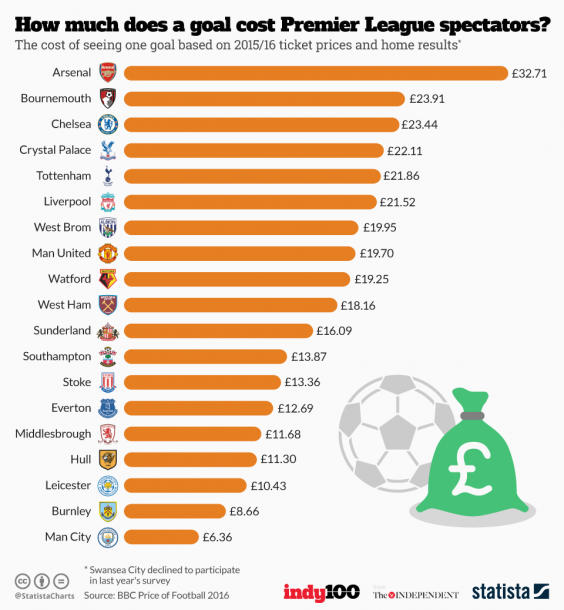 The job itself doesn’t take long and the price can often be included with the cost of the tires.
The job itself doesn’t take long and the price can often be included with the cost of the tires.
On average, you can expect most shops to tack on about $20-$40 per tire for the installation. However, if you visit a warehouse club, that expense could be even less.
4. Tire DisposalYou don’t get to leave your old tires with the shop without paying a price. These shops must pay to have them recycled, so that cost gets passed down to you.
On average, the tire disposal fees will be between $2 and $10 per tire to dispose of them. If you would rather save this money, you can get rid of them yourself.
5. Road Hazard/Warranty ProtectionOn top of the regular price paid for your tires, you may choose to add some extra warranty protection. With road hazard protection, you are covered if your tires get a hole or blow out.
However, you must be careful who you choose to get road hazard through. Not all companies are going to follow through on the agreement, leaving you paying for protection that doesn’t matter when something actually goes wrong.
When your new tires are installed, you will need to get a wheel alignment. Having properly aligned tires ensures that they last as long as possible.
You might pay between $75 and $200 to have the wheels aligned, depending on how many need to be done. However, this money can be seen as an investment, ensuring that your tires continue to provide reliable transportation.
How to Save Money on Tires1. Shop AroundThe most important factor is shopping around. You can call one location and get a price on a particular set of tires and the cost is completely different somewhere else, even though they are the same tires.
When you are shopping around, keep a couple of costs in mind. You will have the cost of the tires, the cost of installation and any fees that the company charges. Ask for the “out the door” price, so you can compare it apples-to-apples.
RELATED: How Much Do Rims Cost?
2.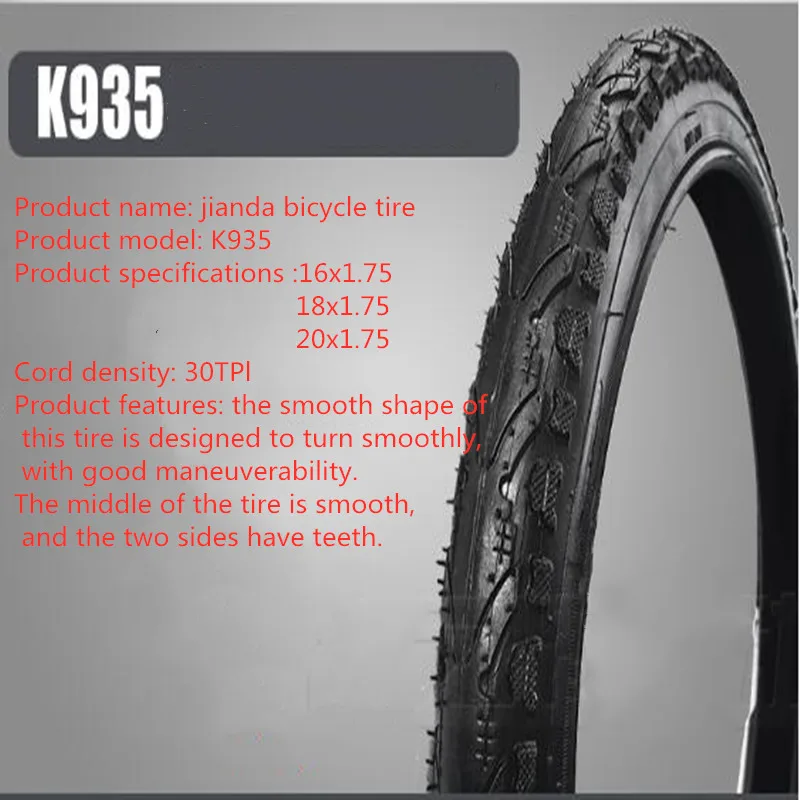 Watch for Sales
Watch for SalesYou can get a great deal if you shop during a sale. Of course, it’s not always convenient to wait for the next sale, but if you have some time before the tires need to be changed, this is a great way to save.
Throughout the year, tire shops will offer various sales. You can take advantage of a Buy 3, Get 1 Free deal or enjoy a certain percentage off. Most tire sales correspond with holidays, so you can tell when one might be around the corner.
3. Take Advantage of RebatesTire shops don’t often make a whole lot on the tire, so discounts can be limited. However, the manufacturers are happy to offer rebates throughout the year.
Most of the rebates are through the mail but can be found online. Additionally, the tire shops have the inside scoop on what’s available, so be sure to ask.
4. Ask about TakeoffsIt’s not always wise to purchase used tires, but the takeoff is something entirely different. These tires were installed brand-new and only used for a couple of days before the customer decided they didn’t want them.
These tires were installed brand-new and only used for a couple of days before the customer decided they didn’t want them.
It could be that the client didn’t appreciate the ride or simply decided they wanted something better. Either way, the tire shop will offer the replacement tires at a discounted price, so be sure to ask what’s available, especially if you use a popular tire size.
5. Use All-Season TiresIf you live in a cold climate where a lot of snow falls, you might have two sets of tires. Most people in these regions use summer and winter tires. With two sets of tires, you have a lot more money out, especially every time you need to have them switched.
If you aren’t actually driving in the snow, it might be better to use all-season tires throughout the year. While these aren’t going to get you through deep snow, there’s no sense spending more for something you don’t need. Evaluate your options and see if you can stick to using one set all year long.
RELATED: 10 Best All-Season Tires – Review & Buyer’s Guide
The lifespan of a tire will depend on the type of tire, the type of driving you do, and the climate. Generally, tires last between 50,000 and 80,000 miles and 6 years. If you drive a lot in city traffic and brake a lot or live in a hot climate, your tires may wear out sooner. If you often drive around with low tire pressure or a bad wheel alignment, they may also wear down sooner.
If your tire tread depth is close to 2/32” or under, it’s definitely time to replace them. Most tire manufacturers recommend replacing tires every 6 years, regardless of the number of miles driven.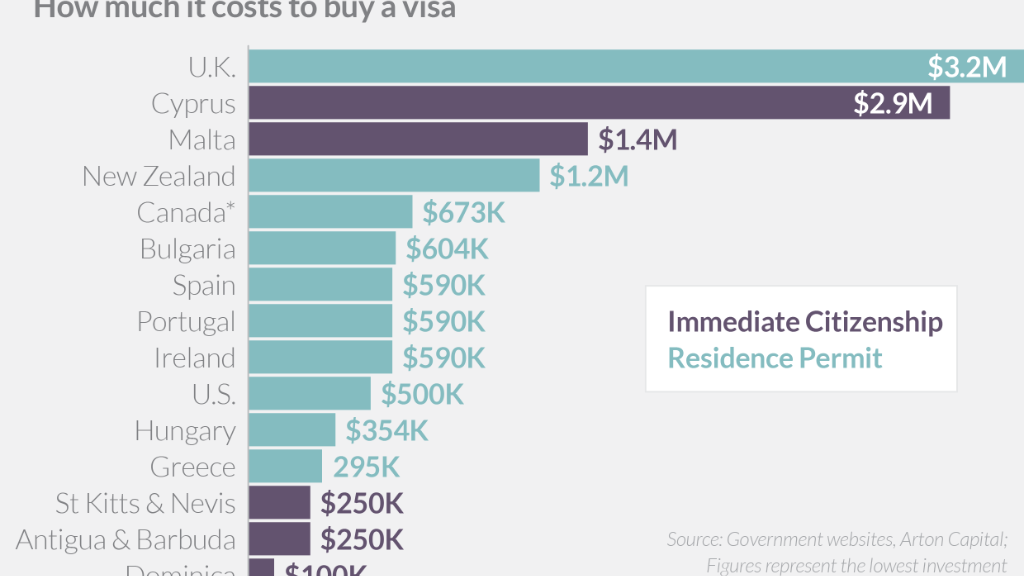 This is because tire rubber degrades over time, even if the tires are not used. Tires that are more than 6 years old should be inspected by a professional to determine if they are safe to use.
This is because tire rubber degrades over time, even if the tires are not used. Tires that are more than 6 years old should be inspected by a professional to determine if they are safe to use.
If your car is two-wheel-drive, it’s fine to replace two tires on the same axle instead of four, although you need to consider that your car will handle differently with two new tires than with four. If you are replacing two tires, it is best to put the new or best tires on the rear axle, as this will improve traction and stability.
On many 4WD and AWD cars, however, the diameter of the tires must match, otherwise, you can damage the transmission or the differential. Therefore, it is recommended to replace all four tires on 4WD cars, and it’s a requirement for many car brands like BMW and Audi.
You need to read the tire dimensions on your old tires and take them to the tire shop. You can also call your authorized dealer or check your owner’s manual if the wheels are stock.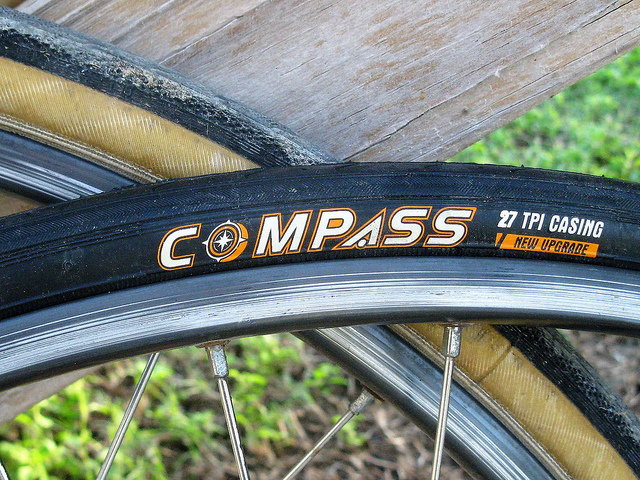
Editor's Note: You are in the new Formula 1 Grandstand blog. Exclusive interviews with former and current residents of the Formula 1 paddock are published here - you will not see such information in Russian anywhere else. Support the author with subscriptions and pluses! nine0006
The head of the Pirelli racing division, Mario Isola, spoke about working as a Milan ambulance driver, a career in a tire company and the features of tires in Formula 1.
I started when I was 18, that is 32 years ago. To work in Italy in an ambulance, you need to take courses, pass several exams. I went through all the trainings and now I work with other guys: I myself conduct trainings for ambulance drivers in Lombardy. My night shift usually starts at 7pm, on weekdays at 5am, and on weekends at 7am. There are 150 volunteers in my association. We work weekly. But now, of course, more because of the situation in Milan. I usually work once a week, sometimes a little more. nine0003
There are 150 volunteers in my association. We work weekly. But now, of course, more because of the situation in Milan. I usually work once a week, sometimes a little more. nine0003
It's not about softness and hardness of rubber. This does not affect the final number of pit stops. Over the past few years, we have opted for softer tires, and the teams have moved to control the pace of the rider instead of increasing the number of pit stops in strategies. They simply ask the rider to slow down so that the tires last longer - this reduces the number of stops. Because when you go into the pits, you face the possibility of making a mistake during the pit stop. There is a risk of getting into traffic, which makes it more difficult to overtake, for example. So not only the softness of the rubber determines the number of pit stops in the race. nine0003
We also have to pay close attention to the softness of the tires: if you go too far, the driver will drive too slowly to stay on a strategy of one pit stop at any cost. So finding a way out of this situation is not very easy.
So finding a way out of this situation is not very easy.
During pre-season testing in Barcelona, Mercedes used the DAS for many days. We analyzed all their tires, as well as the tires of the rest of the competitors, and did not find anything that would affect the rubber. Perhaps the Mercedes system reduces tire wear, but it certainly does not increase it. nine0003
Each team has one of our engineers. They cooperate with the team for two years, and then there is a rotation to avoid rapprochement. Because we have an obligation not only to provide everyone with the same product, but also the same service - and this is very important.
These engineers collect information about tire usage, laps, temperature and pressure. There is a whole list of data about the tires that were driven on the race weekend.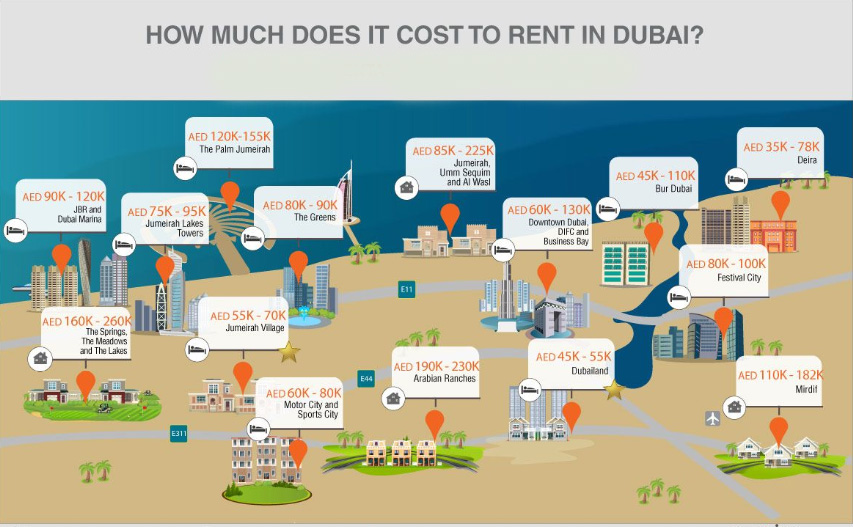 nine0003
nine0003
We have already begun development of 18-inch wheels, but their introduction has been delayed until 2022. We had the first tests in September last year with the Renault team at Paul Ricard, then we tested there with McLaren, and then with Mercedes in Abu Dhabi. This year we had only one test - in Jerez with Ferrari - but I can say that now we have a common understanding of where to start development. The main thing is the composition and profile. nine0003
After the races in Jerez, we froze the development of 18-inch wheels - we will continue next year. So far, there is no new test plan for this year due to the current situation with the virus.
At the moment and in the next few years, Formula 1 will retain thermal covers. In them, the rear tires are heated to a temperature of about 80 degrees Celsius, and the front tires up to 100 degrees. The temperature in motion does not differ much from these values.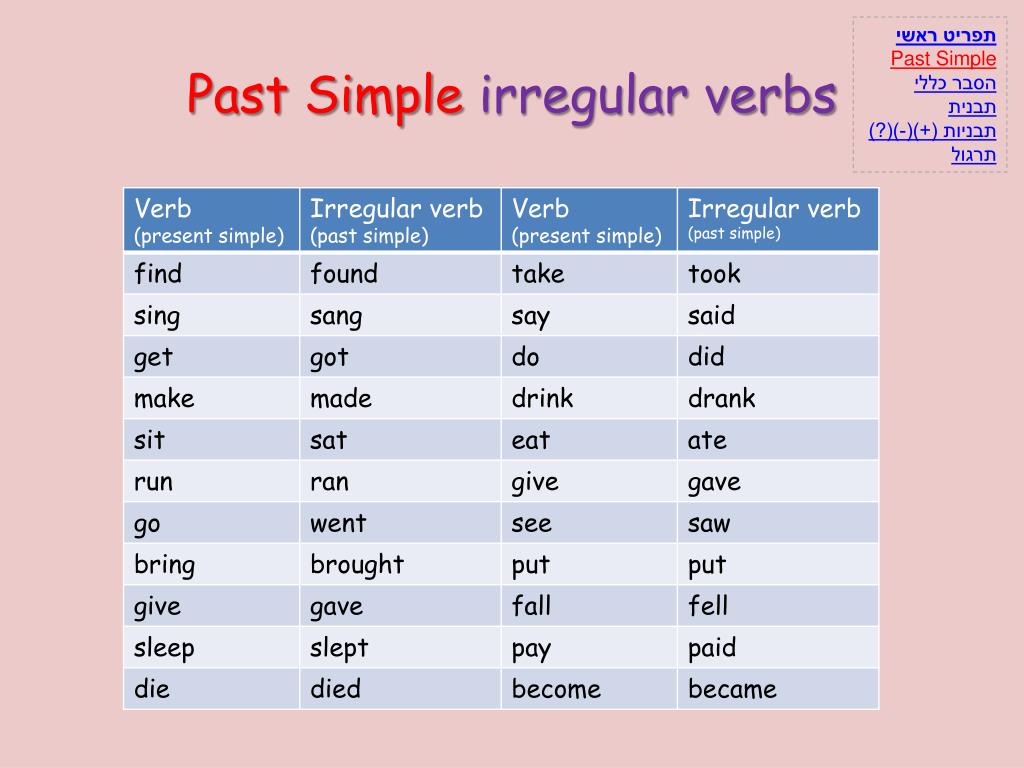 nine0003
nine0003
During the race, the temperature fluctuates between 100 and 120 degrees. And, of course, the indicators differ depending on the composition - each has its own operating temperature. It is also the window of the maximum hold, the peak of adhesion. You can often hear teams talk about working range. The window from peak to traction loss of 3 percent is very roughly 30 degrees. This is the main problem. Because in fact, the goal of teams is to stay at the peak of adhesion. Because piloting at three percent grip outside of operating temperature costs a second per lap. The window that the teams are looking for is much, much narrower than the very three percent that is taken as an example. nine0003
When you put a Formula 1 tire on a road car... The first problem is when the tire is cold the grip is very low. Second, if you can't make a tire work, it will slip, but it will live forever. The technologies that we develop for F1 are used in road tires because we study all kinds of materials a lot.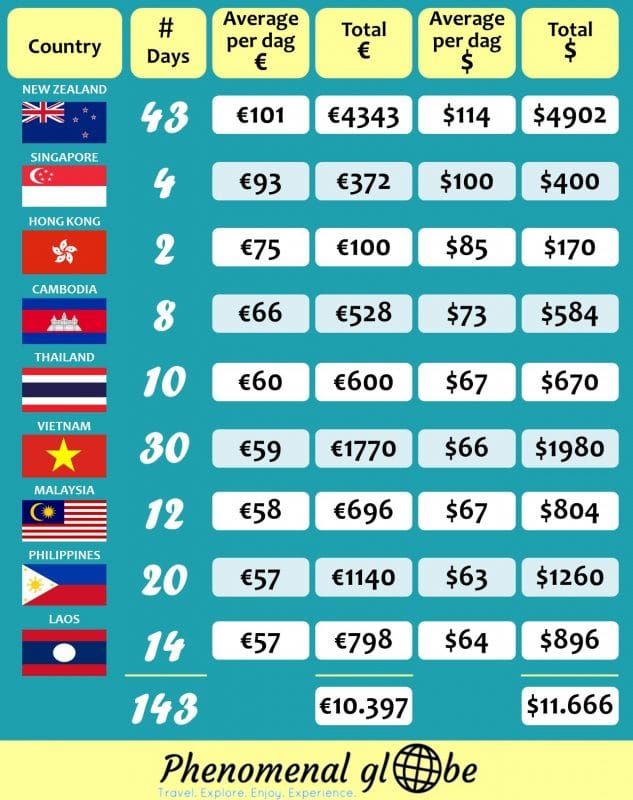 We make virtual models, we study the production process. nine0003
We make virtual models, we study the production process. nine0003
It is clear that developments for Formula 1 are for Formula, and tires for ordinary cars are for ordinary roads. Different goals. In road cars, you think more about noise levels, about hydroplaning - there are many other elements that you don’t think about when you design F-1 tires.
If you count only the materials and the production process, then probably a few hundred euros, but less than one thousand. About something like this. But I don't include development cost here. We spend millions of euros on it - a lot of money. And then this cost should be included in those 50 thousand tires that we produce per year. nine0003
It is not our decision to choose one tire supplier. In general, this decision was made not only in Formula 1, but also in many other championships, especially ring championships, because it reduces costs for participants.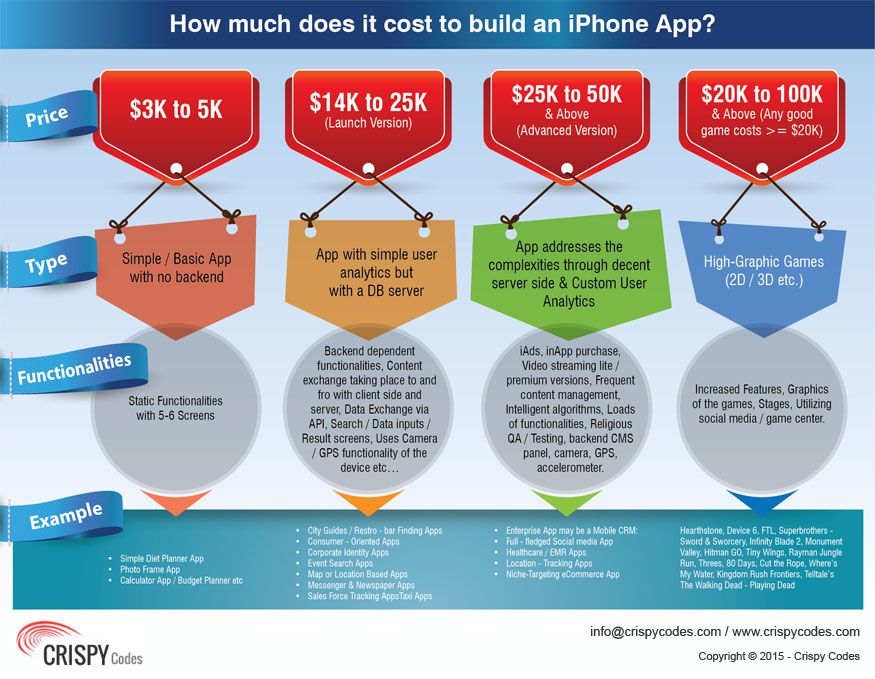 Not for tire supplier. In today's era, when everyone is talking about budget cuts and cost cuts, making F1 a more accessible sport for smaller teams, allowing multiple tire manufacturers, I'm against that philosophy. nine0003
Not for tire supplier. In today's era, when everyone is talking about budget cuts and cost cuts, making F1 a more accessible sport for smaller teams, allowing multiple tire manufacturers, I'm against that philosophy. nine0003
More stories, interesting moments and details about the work of racing tires on Grand Prix cars - in the video:
Photo: formula1.com; pirelli.com; instagram.com/marioisola
(831) 262-1-262 retail
(831) 262-1-176 persons
[email protected]
Width:
- doesn't matter -135155165175185195205215225235245255265275285295303053131532325333537
Profile:
- not important -010.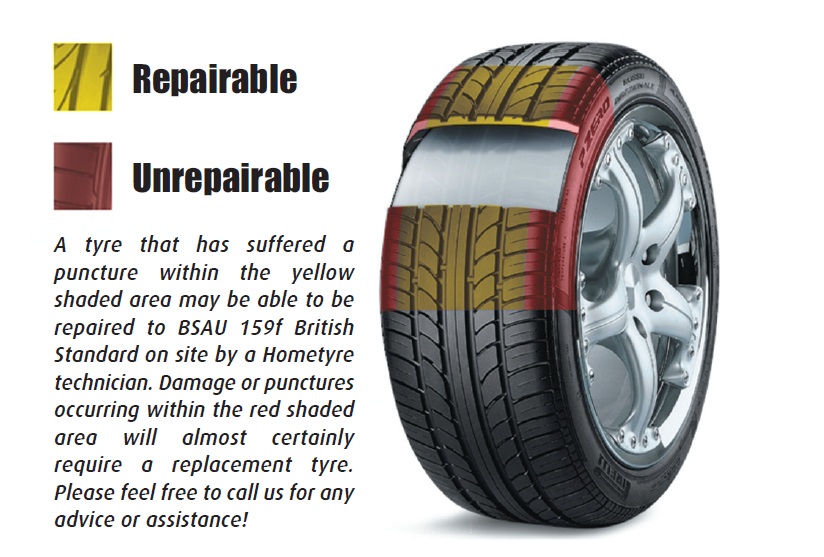 511.512.53035404550556065707580859.5
511.512.53035404550556065707580859.5
Diameter:
- no matter -R24R22R21R20R19R18R17R16CR16R15CR15R14CR14R13CR13R12
Season:
Availability >=:
12345678
12
Sorting:
Price ↑Price ↓
PIRELLI P7 CINTURATO
245/55 R17
Show availability, apply for a loan, installment plan
Item No: 00000016083
Size: 245/55 R17
Type: Summer
Load index: 102
Speed index: V R-F
nine0003
Larina, 19A 1 pc.
1630
HANKOOK RADIAL RA18
195/ R15C
Show availability, apply for a loan, installment plan
Item No: 00100001520
Size: 195/ R15C
Type: Summer
Load index: 106/104
Speed index: R
Larina, 19A 1 pc.
nine0127 2210
CORDIANT COMFORT 2
185/65 R14
Show availability, apply for a loan, installment plan
Item No: 00100022096
Size: 185/65 R14
Type: Summer
Load index: 90
Speed index: H
Larina, 19A 1 pc.
2500
NKShZ Kama 365 (NK-241)
175/70 R13
nine0127 Show availability, apply for a loan, installment plan
Item No: 00100014449
Size: 175/70 R13
Type: Summer
Larina, 19A >12 pcs.
Kominterna, 47B 4 pcs.
Trunk, 26 (Kstovo) 4 pcs.
2620
TUNGA ZODIAK_2 PS-7
175/65 R14
Show availability, apply for a loan, installment plan
Item No: 00000019933
Size: 175/65 R14
Type: Summer
Load index: 86
Speed index: T
Larina, 19A >12 pcs.
Kominterna, 47B 4 pcs.
Ivlieva, 22A 6 pcs.
Rayevsky, 2A 2 pcs.
Kima, 75A 4 pcs.
Road, 66 (Pavlovo) 4 pcs.
Trunk, 26 (Kstovo) 2 pcs.
2820
NKShZ Kama 365 (NK-241)
175/65 R14
Show availability, apply for a loan, installment plan
Item No: 00000041570
Size: 175/65 R14
Type: Summer
Load index: 82
Speed index: H
Larina, 19A >12 pcs.
Comintern, 47B 4 pcs.
2850
TUNGA ZODIAK_2 PS-7
175/70 R13
Show availability, apply for a loan, installment plan
Item No: 00000019932
Size: 175/70 R13
Type: Summer
Load index: 86
Speed index: T
Larina, 19A >12 pcs.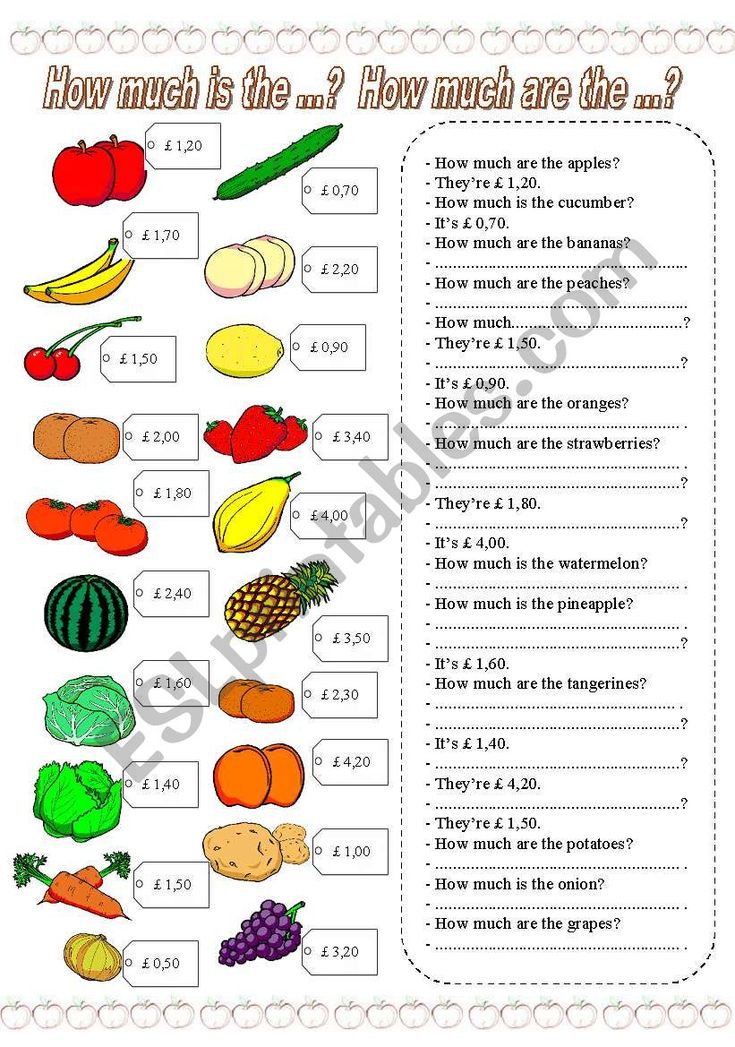
Kominterna, 47B 4 pcs.
Rayevsky, 2A 1 pc.
Trunk, 26 (Kstovo) 4 pcs.
2870
PIRELLI ZERO ROSSO
275/45 R19
Show availability, apply for a loan, installment plan
Item No: 00000013754
Size: 275/45 R19
Type: Summer
Load index: 108
Speed index: Y XL
Larina, 19A 1 pc.
2940
TUNGA ZODIAK_2 PS-7
185/60 R14
Show availability, apply for a loan, installment plan
Item No: 00000019934
Size: 185/60 R14
Type: Summer
Load index: 86
Speed index: T
Larina, 19A >12 pcs.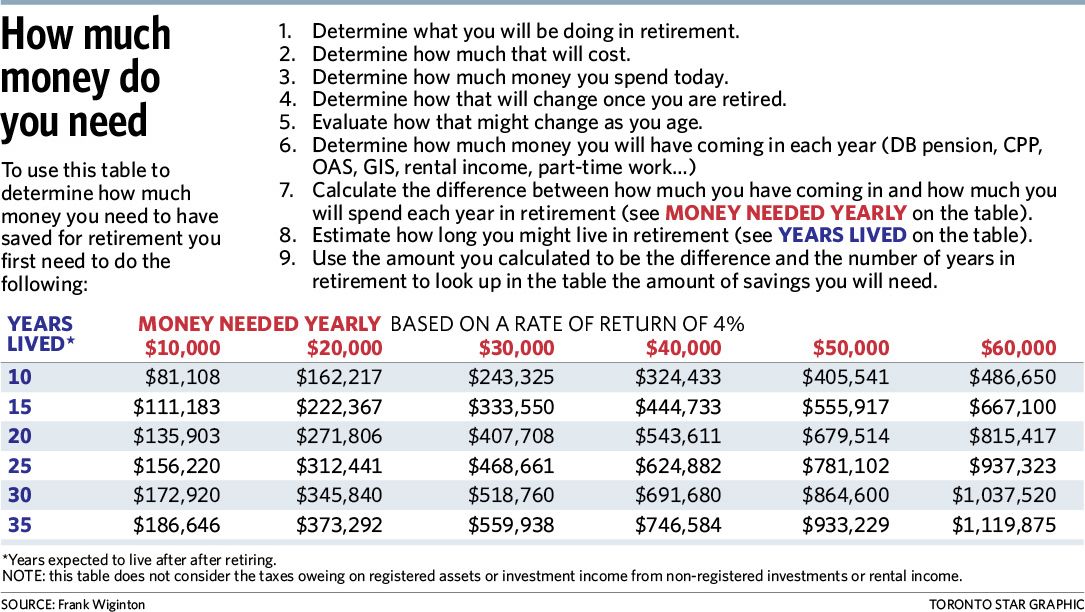
Kominterna, 47B 4 pcs.
Ivlieva, 22A 4 pcs. nine0083 Road, 66 (Pavlovo) 8 pcs.
Trunk, 26 (Kstovo) 4 pcs.
3030
TUNGA ZODIAK_2 PS-7
185/65 R15
Show availability, apply for a loan, installment plan
Item No: 00000019937
Size: 185/65 R15
Type: Summer
Load index: 92
Speed index: T
Larina, 19A >12 pcs.
Kominterna, 47B 4 pcs.
3210
CORDIANT ROAD_RUNNER PS-1
155/70 R13
Show availability, apply for a loan, installment plan
Item No: 00000017346
Size: 155/70 R13
Type: Summer
Load index: 75
Speed index: T
Larina, 19A 4 pcs.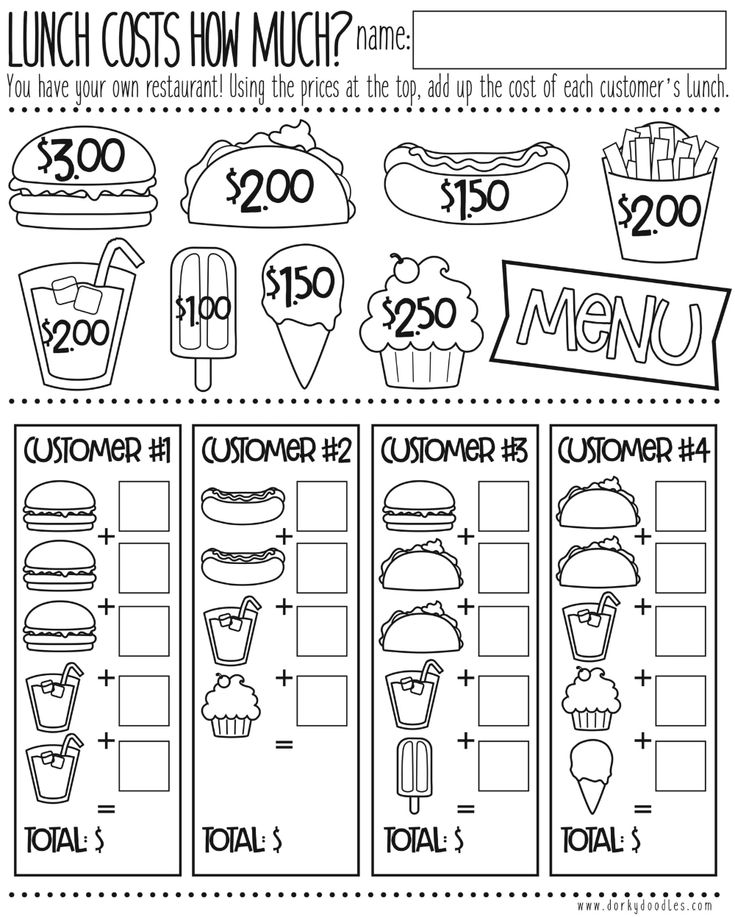
Kominterna, 47B 4 pcs.
Ivlieva, 22A 1 pc.
3220
TUNGA ZODIAK_2 PS-7
185/65 R14
Show availability, apply for a loan, installment plan
Item No: 00000019935
Size: 185/65 R14
Type: Summer
Load index: 90
Speed index: T
Larina, 19A >12 pcs. nine0083 Kominterna, 47B 4 pcs.
Rayevsky, 2A 4 pcs.
Road, 66 (Pavlovo) 11 pcs.
Trunk, 26 (Kstovo) 4 pcs.
3240
BShK Bel-253 ARTMOTION
175/70 R13
Show availability, apply for a loan, installment plan
Item No. : 00100005378
: 00100005378
Size: 175/70 R13
Type: Summer
Index g/n: 82
Speed index: T
Trunk, 26 (Kstovo) 1 pc.
3260
NEXEN N blue HD Plus
155/65 R14
Show availability, apply for a loan, installment plan
Item No: 00000035262
Size: 155/65 R14
Type: Summer
Load index: 75
Speed index: T
Trunk, 26 (Kstovo) 3 pcs.
3260
CORDIANT ROAD_RUNNER PS-1
175/70 R13
Show availability, apply for a loan, installment plan
Item No: 00000017315
Size: 175/70 R13
Type: Summer
Load index: 82
Speed index: H
Larina, 19A >12 pcs.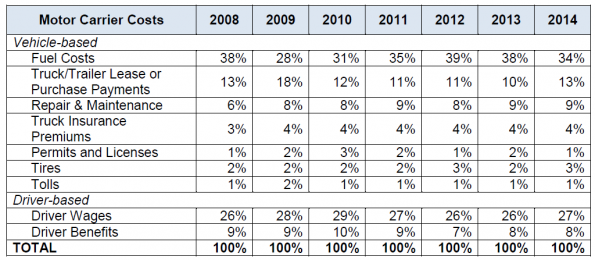
Kominterna, 47B 4 pcs.
Road, 66 (Pavlovo) 6 pcs.
Trunk, 26 (Kstovo) 8 pcs.
3280
TIGAR Syneris
215/60 R16
Show availability, apply for a loan, installment plan
Item No: 00000020342
Size: 215/60 R16
Type: Summer
Load index: 99
Speed index: V XL
Larina, 19A 1 pc.
3340
TUNGA ZODIAK_2 PS-7
195/65 R15
Show availability, apply for a loan, installment plan
Item No: 00000019938
Size: 195/65 R15
Type: Summer
Load index: 95
Speed index: T
Larina, 19A >12 pcs.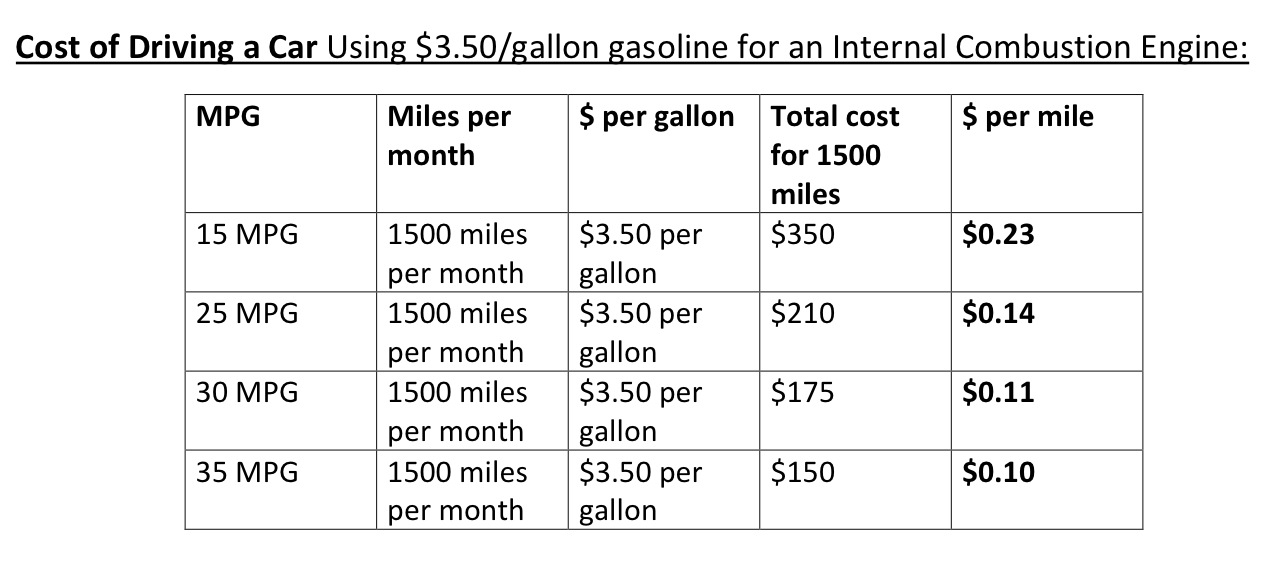
Kominterna, 47B 4 pcs.
Road, 66 (Pavlovo) 4 pcs.
Trunk, 26 (Kstovo) 4 pcs.
3340
CORDIANT COMFORT 2
175/70 R13
Show availability, apply for a loan, installment plan
Item No: 00000030501
Size: 175/70 R13
Type: Summer
Load index: 86
Speed index: H
Larina, 19A >12 pcs.
Kominterna, 47B 4 pcs.
Road, 66 (Pavlovo) 2 pcs.
Trunk, 26 (Kstovo) 4 pcs.
3380
NKShZ Kama 365 (NK-241)
205/55 R16
Show availability, apply for a loan, installment plan
Item No. : 00100021656
: 00100021656
Size: 205/55 R16
Type: Summer
Load index: 91
Speed index: H
nine0003
Larina, 19A >12 pcs.
Kominterna, 47B 4 pcs.
3400
CORDIANT ROAD_RUNNER
175/65 R14
Show availability, apply for a loan, installment plan
Item No: 00000030860
Size: 175/65 R14
Type: Summer
Load index: 82
Speed index: H
Larina, 19A >12 pcs.
Kominterna, 47B 4 pcs.
Road, 66 (Pavlovo) 4 pcs.
3440
CORDIANT ROAD_RUNNER
185/60 R14
Show availability, apply for a loan, installment plan
Item No: 00000030861
Size: 185/60 R14
Type: Summer
Load index: 82
Speed index: H
nine0005 Larina, 19A >12 pcs.
Kominterna, 47B 8 pcs.
Road, 66 (Pavlovo) 12 pcs.
3450
TUNGA ZODIAK_2 PS-7
185/70 R14
Show availability, apply for a loan, installment plan
Item No: 00000019936
Size: 185/70 R14
Type: Summer
Load index: 92
Speed index: T
nine0003
Larina, 19A >12 pcs.
Kominterna, 47B 4 pcs.
Rayevsky, 2A 3 pcs.
Road, 66 (Pavlovo) 6 pcs.
Trunk, 26 (Kstovo) 6 pcs.
3540
CORDIANT COMFORT 2
175/65 R14
Show availability, apply for a loan, installment plan
Item No: 00000030502
Size: 175/65 R14
Type: Summer
Load index: 86
Speed index: H
Larina, 19A >12 pcs.
Kominterna, 47B 4 pcs.
Rayevsky, 2A 4 pcs.
3550
CORDIANT COMFORT 2
185/60 R14
Show availability, apply for a loan, installment plan
Item No: 00000025306
Size: 185/60 R14
Type: Summer
Load index: 86
Speed index: H
Larina, 19A >12 pcs.
Kominterna, 47B 4 pcs.
3560
TUNGA ZODIAK_2 PS-7
205/55 R16
Show availability, apply for a loan, installment plan
Item No: 00000019939
Size: 205/55 R16
Type: Summer
Load index: 94
Speed index: T
Larina, 19A >12 pcs.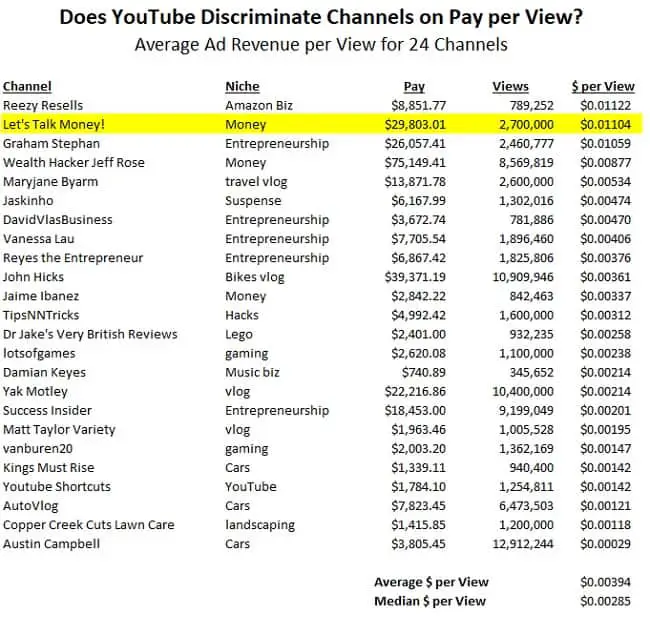
Kominterna, 47B 4 pcs.
Ivlieva, 22A 4 pcs.
Rayevsky, 2A 5 pcs.
Road, 66 (Pavlovo) 7 pcs.
Trunk, 26 (Kstovo) 4 pcs.
3640
YOKOHAMA AE50
225/55 R16
nine0127 Show availability, apply for a loan, installment plan
Item No: 00100025494
Size: 225/55 R16
Type: Summer
Load index: 99
Speed index: W XL
Larina, 19A 1 pc.
3650
CORDIANT ROAD_RUNNER
185/65 R15
Show availability, apply for a loan, installment plan
Item No: 00000030862
Size: 185/65 R15
Type: Summer
Load index: 88
Speed index: H
Larina, 19A >12 pcs.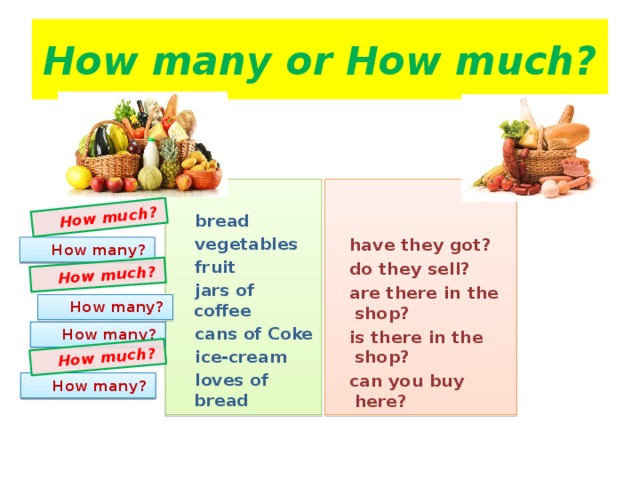
Kominterna, 47B 4 pcs.
3660
CORDIANT ROAD_RUNNER PS-1
185/65 R14
Show availability, apply for a loan, installment plan
Item No: 00000017318
Size: 185/65 R14
Type: Summer
Load index: 86
Speed index: H
Larina, 19A >12 pcs.
Kominterna, 47B 4 pcs.
Road, 66 (Pavlovo) 4 pcs.
Trunk, 26 (Kstovo) 4 pcs.
3700
NEXEN N blue HD Plus
165/65 R14
Show availability, apply for a loan, installment plan
Item No: 00000029306
Size: 165/65 R14
Type: Summer
Load index: 79
Speed index: H
Trunk, 26 (Kstovo) 2 pcs.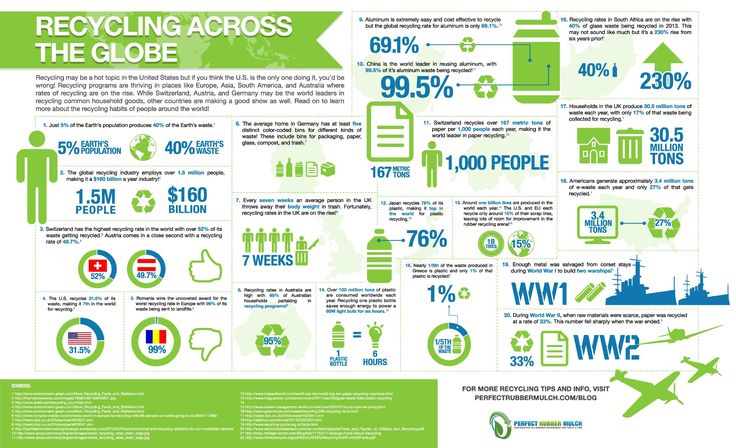
3710
CORDIANT COMFORT 2
195/50 R15
Show availability, apply for a loan, installment plan
Item No: 00000030504
Size: 195/50 R15
Type: Summer
Load index: 86
Speed index: H
Larina, 19A 12 pcs.
3720
CORDIANT COMFORT 2
185/65 R15
Show availability, apply for a loan, installment plan
Item No: 00000025309
Size: 185/65 R15
Type: Summer
Load index: 92
Speed index: H
Larina, 19A >12 pcs.
Kominterna, 47B 4 pcs.
3770
CORDIANT ROAD_RUNNER PS-1
195/65 R15
Show availability, apply for a loan, installment plan
Item No: 00000017347
Size: 195/65 R15
Type: Summer
Load index: 91
Speed index: H
nine0005 Larina, 19A >12 pcs.
Kominterna, 47B 4 pcs.
Kima, 75A 4 pcs.
Road, 66 (Pavlovo) 1 pc.
3810
CORDIANT COMFORT 2
185/65 R14
Show availability, apply for a loan, installment plan
Item No: 00000025307
Size: 185/65 R14
Type: Summer
Index g/n: 90
Speed index: H
Larina, 19A >12 pcs.
Kominterna, 47B 4 pcs.
Rayevsky, 2A 4 pcs.
Road, 66 (Pavlovo) 4 pcs.
3810
CORDIANT SPORT 3 (PS-2)
195/65 R15
Show availability, apply for a loan, installment plan
Item No: 00100003971
Size: 195/65 R15
Type: Summer
Load index: 91
Speed index: V
Larina, 19A >12 pcs.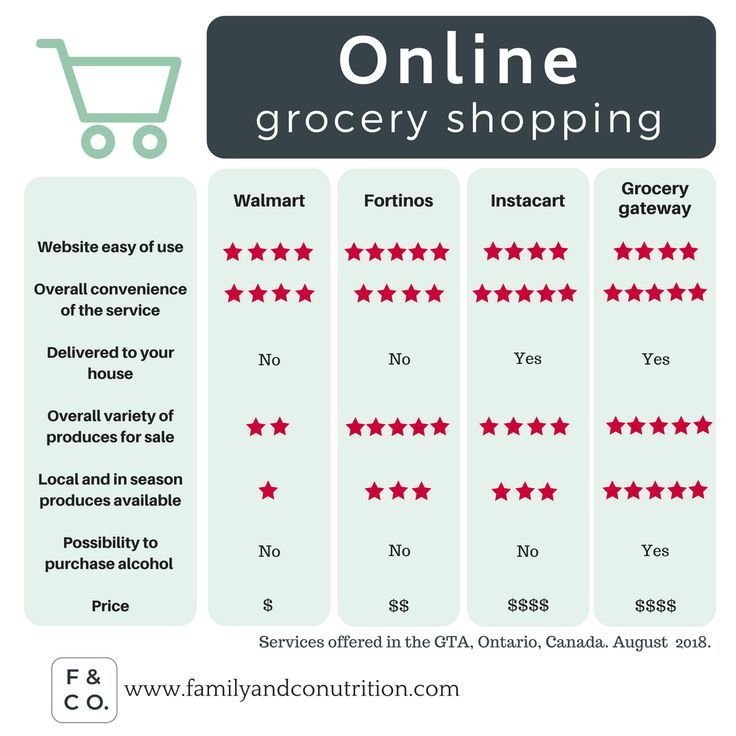
Kominterna, 47B 4 pcs.
Rayevsky, 2A 4 pcs.
Kima, 75A 4 pcs.
Trunk, 26 (Kstovo) 4 pcs.
3850
04/01/2022 - 12/31/2023
09/01/2022 - 01/31/2023
03/01/2022 - 12/31/2023
Our store gives a classification that describes summer tires. Depending on the geometry of the tread, car tires are divided into non-directional, symmetrical or directional and asymmetric.
1. Non-directional. The non-directional pattern runs symmetrically with respect to the radial surface of the wheel. For summer tires, this tread is traditional and is used in the manufacture of most car tires. Since the direction of rotation does not affect the characteristics of non-directional tires, they can be put on a car arbitrarily.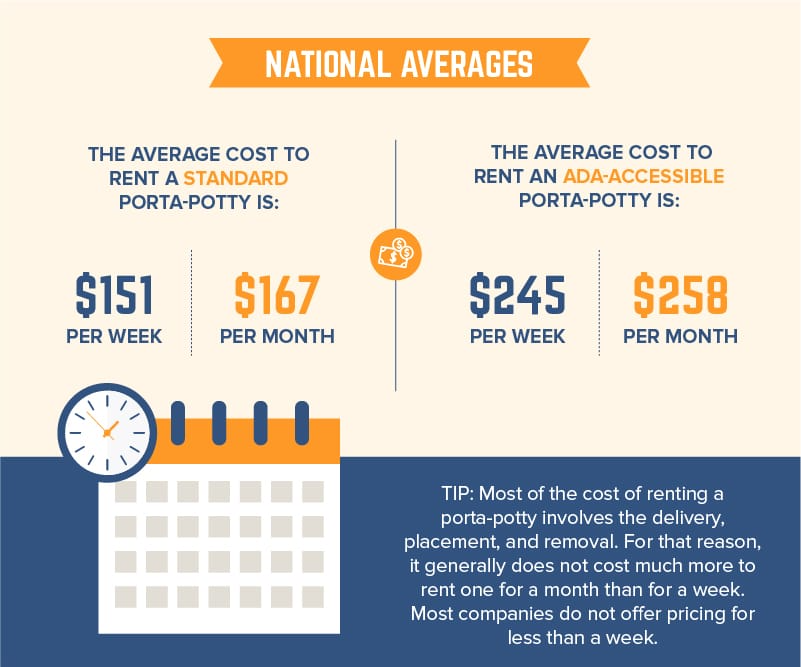 They are commonly used on paved road surfaces and light off-road conditions. As a rule, these are summer tires. The price of rubber made using these technologies is low. An example is cheap tires. nine0003
They are commonly used on paved road surfaces and light off-road conditions. As a rule, these are summer tires. The price of rubber made using these technologies is low. An example is cheap tires. nine0003
2. Directed. The directional tread pattern runs symmetrically to the central plane of rotation of the wheel, which runs in the middle of the tread. This type of tires is effective when traveling on rough terrain. It is convenient to remove dirt, slush, loose snow, etc. from tires with such a pattern. Typically, such a pattern is applied to the treads of rain, winter and off-road tires of the MT type. When installing such tires on a car, you need to follow the inscriptions on the wheels. So, the inscription Rotation indicates the direction of rotation, Outside - the outside, Inside - the inside. Directional tires, depending on the type, can be used on any road. nine0003
3. Asymmetrical. The asymmetric tread pattern is not symmetrical to the central plane of rotation of the wheel, which runs in the middle of the tread.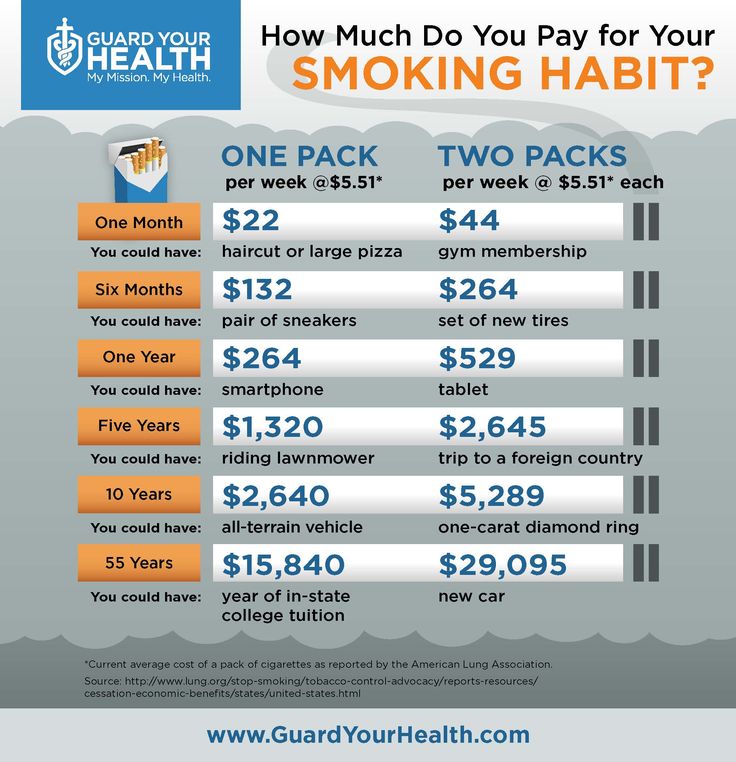 This pattern is used to create diametrically opposite properties in tires: for example, one part of the tire guarantees good contact with a dry road surface, the other with a wet one. Typically, this type of pattern is applied to high-speed summer and winter tires. When installing such tires on a car, you need to follow the inscriptions. So, the inscription Rotation indicates the direction of rotation, Outside - the outside, Inside - the inside. Asymmetric tires are recommended for use on hard pavement. nine0003
This pattern is used to create diametrically opposite properties in tires: for example, one part of the tire guarantees good contact with a dry road surface, the other with a wet one. Typically, this type of pattern is applied to high-speed summer and winter tires. When installing such tires on a car, you need to follow the inscriptions. So, the inscription Rotation indicates the direction of rotation, Outside - the outside, Inside - the inside. Asymmetric tires are recommended for use on hard pavement. nine0003
Summer tires usually have several well-defined longitudinal grooves for water drainage and narrower transverse grooves. The tread blocks are solid, clear, without cuts, the transition from the sidewall of the tire to the tread is smooth, round, without lugs. On "rain" summer tires, a clearly defined, directional V-shaped tread pattern is applied. They are designed for safe driving in rainy weather.